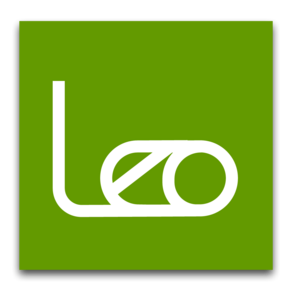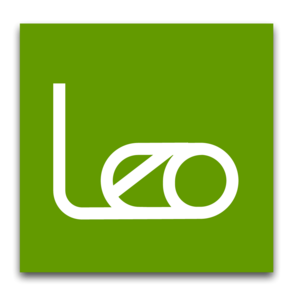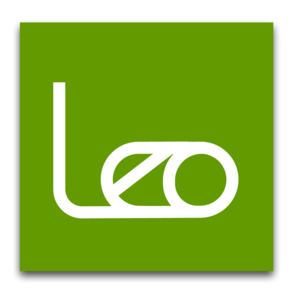Teaching Concept
The teaching concept of the Chair of Entrepreneurship and Economic Education is divided into two fields:
In teacher training, selected economic contents are examined from a didactic perspective. In addition to consumer education and diagnostic procedures, the topic Entrepreneurship Education is also introduced to prospective teachers. In order to make learning sustainable and innovative, we use constantly updated formats in the sense of competence orientation. Behavioral economics and financial education, for example, are implemented in a practical manner in the form of independently developed business games. Through a comprehensive range of seminars, the chair also offers didactic support for internships and practical terms.
Within the scope of the subject Didactic Education, our chair mainly deals with the topics of complex systems as well as entrepreneurship. For Bachelor students, the basics of entrepreneurship are taught in a practice-oriented manner in lectures and seminars. The practical orientation includes, for example, guest lectures by company founders or the processing of case studies. Master's degree students receive in-depth insights into the complex and dynamic process of entrepreneurship in the lecture "Complexity & Entrepreneurship". An introduction to the theoretical foundations of complexity based on the Synergetic Entrepreneurship Model also opens up access to quantitative measurement methods in this field. In addition, the chair deepens knowledge in the field of opportunity recognition and business model development in the practice-oriented master's degree seminar.
Additional, extracurricular courses
In the Junior Entrepreneurship School, pupils of general education schools in the upper grades are given the opportunity to gain an intensive insight into school practice. In the role of a teacher, they accompany the three-part business lessons, which conclude with a practical project in addition to conducting business games and learning the basics of entrepreneurial activity. The success of the Junior Entreprenership School has already been awarded: "Sustainable Learning" of the Unesco World Decade 2010/11 and the Initiative Award for Education and Training (DIHK, Wirtschaftswoche).
Within the framework of an SAP seminar, the chair offers students of the Faculty of Business and Economics the opportunity to acquire and deepen basic knowledge of the SAP system.




